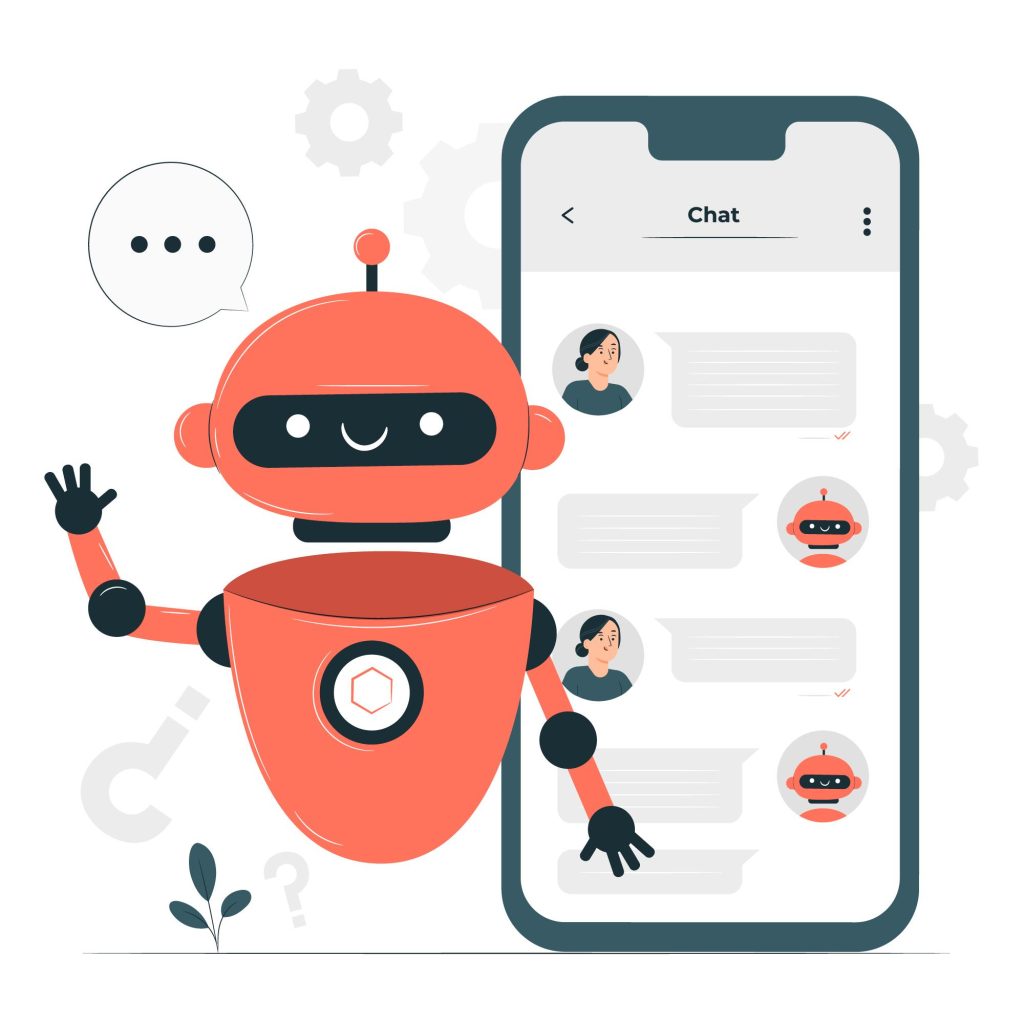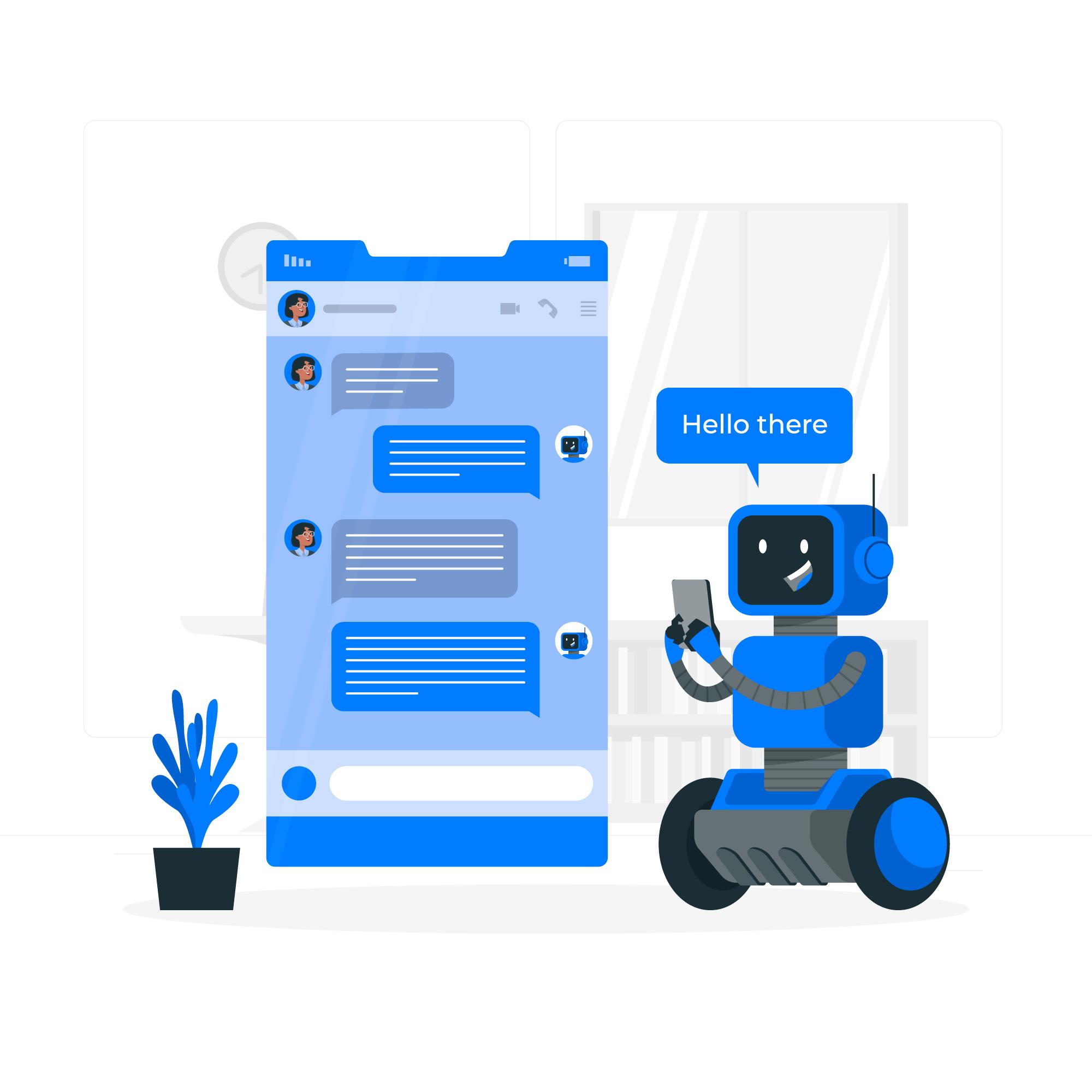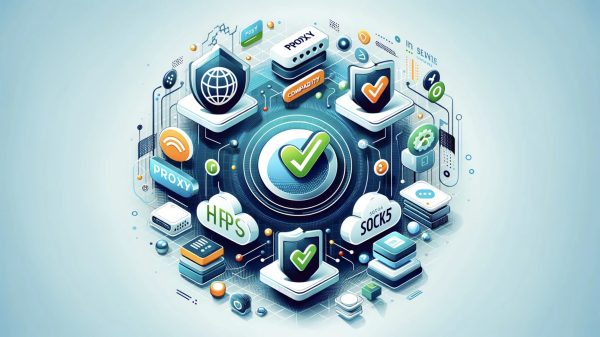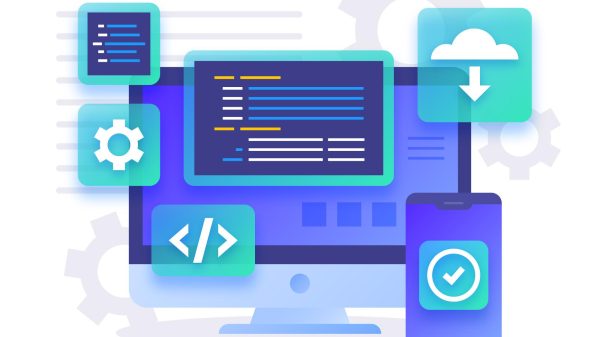Companies constantly look for innovative and engaging ways to communicate with their customers as technology develops. As a result, business operations are increasingly utilizing chatbots. Chatbots are increasingly being used as customer service options, which has significantly altered some corporate processes. These bots offer corporates an artificial intelligence-evolving platform.
What Are Chatbots?
A chatbot is an online application that harnesses artificial intelligence (AI) and natural language process (NLP) to resolve client queries and enhance customer experience. Adopted by businesses who want to optimize their customer service giving and grow new revenue streams, chatbots will interact in conversations and reply to queries equally as how a live chat agent would. It uses rule-based language applications to perform live chat functions in response to the period of user interactions.
Chatbots, to put it simply, are services that would let you communicate with a computer using a straightforward chat-like interface. Chatbots can offer a very broad range of services. They may give clients a more tailored experience. Chatbots have more importance in the present time for every business.
Types of Chatbots Exist?
The three main types of chatbots are as follows.
- Basic chatbots: The most basic sort of chatbots are simple ones. They are frequently employed for simple jobs like making appointments or providing customer service.
- Intelligent chatbots: Simple chatbots lack the sophistication of smart chatbots. However, they can be employed as virtual assistants or for a larger range of functions, like placing food orders.
- Interactive Chatbot: The most advanced kind of chatbot is one that can have conversations. They are most effective at simulating human speech and can be applied to challenging jobs like marketing or customer service.
Characteristics of Chatbots
The most helpful and practical chatbots provide the impression that you are speaking with a real person. You likely have already interacted with a chatbot like Siri or Alexa. So let’s learn a little bit more about chatbots. Computer programs called chatbots imitate human conversation. They are made to converse with people to carry out duties like marketing or customer service.
Businesses utilize chatbots to automate processes that human workers would otherwise do. For instance, chatbots can be employed to arrange appointments, reserve restaurant tables, or offer customer service. In addition, businesses use chatbots because they can reduce costs and save time.
The functionality of chatbots doesn’t end there; some people even use their artificial intelligence for enjoyment. Pewdiepie, a well-known YouTuber, created a duplicate of himself that fans can easily connect with using chatbot technology. Anyone can use the chat interface to communicate with PewdiePie by typing into it. Pewdiebot is a name he gave to his chatbot.
How Do Chatbots Work?

There are countless applications for chatbot technology, but how precisely do they operate? Rule-based functionality & machine-learning chatbots are the two main categories of chatbots.
1. Rule-based chatbots
Rule-based chatbots can process only certain commands. To put it another way, the chatbot will respond to inquiries based on keywords. Rule-based chatbot has limited functionality and uses a document retrieval method. They frequently have trouble comprehending discussions because the machine can only understand particular keywords. As a result, the context of the inquiry may be incorrect. Consider the times you have spoken to Siri or Alexa as an illustration. Sure, they can listen in on chats, but sometimes they use Google.
When attempting to contact customer care, this may be frustrating. Nevertheless, corporations typically favor them because of how simple it is to construct rule-based bots. Any minor detail, such as having an intelligent & responsive chatbot, can significantly set you apart from the competitors when doing business in a highly competitive field. As a result, companies are increasingly gravitating toward using chatbots, particularly rule-based bots.
2. Machine learning chatbots
Machine learning chatbots use artificial intelligence to enable them to continuously learn from and improve upon their interactions with humans. For example, chatbots that use machine learning can comprehend conversation rather than just looking for keywords. This is because machine-learning chatbots use natural language processing software.
Through supervised and unsupervised learning, the NLP software develops. Chatbots can transform input data into the desired output data through supervised learning. When operating in a highly competitive market, even the most minor details, like having an intelligent and responsive chatbot, can help you stand out from the competition. Therefore, Chatbots, especially rule-based bots, are becoming increasingly popular among businesses.
Why Machine learning chatbots are better?
Machine learning bots employ artificial intelligence to let them continuously learn from & improve upon their conversations with individuals. For example, chatbots that employ machine learning can understand a discussion instead of only searching for keywords.
This is due to machine learning chatbots using software for natural language processing (NLP). The development of NLP software involves both supervised and unsupervised learning. Chatbots can use supervised learning to convert input data into the desired output data.
Why are chatbots such a big deal?
Because they can automate processes that would otherwise be done by human personnel, chatbots are crucial. Additionally, chatbots can give customers a more tailored experience. For example, customers can talk with them to ask questions or order food, or make bookings, among other things. For organizations with a large number of customers, chatbots are particularly helpful. For example, Chatbots can arrange appointments or make reservations for a company that receives many phone calls.
What are the Benefit and Importance of Chatbots for Business
The recent decade’s significant advancements in artificial intelligence have led to increased deployment of these robots by businesses. Business chatbots are mostly used for lead creation, customer support & interaction, appointment scheduling, and product information.
1. Creating leads
For a business, a chatbot can be utilized to generate leads. In conclusion, chatbots can converse with potential clients and inquire about their wants. The sales team can then use this information to generate leads.
2. Support & Engagement for Customers
Chatbots can interact with customers and offer customer service. For example, customers can chat with them to get inquiries answered or have problems fixed.
3. Arrangement of Appointments
A firm can employ chatbots to set up appointments. Customers can interact with them to check their availability and make appointments.
4. Product Specifications
Customers can receive product information from chatbots as well. For example, customers can talk with them to get their queries about a product answered or to assist them in making a purchase.
Which Chatbot Platform Can Serve Your Purpose?
After learning everything there is to know about chatbots, you might be asking which chatbot platform is best for your company. There are a variety of things to take into account, including the kind of chatbot you require, your budget, & your technological proficiency. A chatbot platform such as Chatfuel or Botsify is a fantastic choice if you need a simple chatbot for quick jobs like booking appointments or offering customer service.
As a result, these platforms don’t require coding expertise and are simple to use. A platform such as Dialogflow or Watson Conversations is preferable if you require a more advanced chatbot for challenging jobs like customer service or marketing.
Conclusion
In conclusion, chatbots offer more features & capabilities but are more challenging to utilize. Consult with a chatbot development business if unsure which chatbot platform is best for you. They can assist you with selecting the best chatbot platform and creating a chatbot that works for you.
























